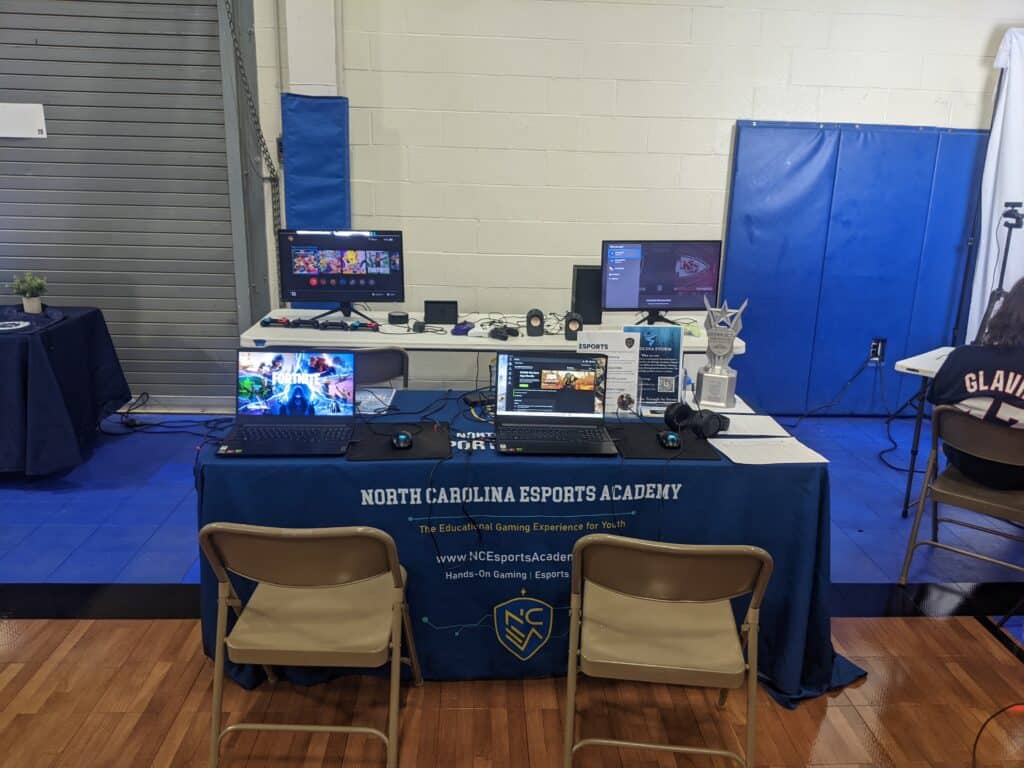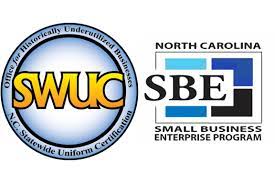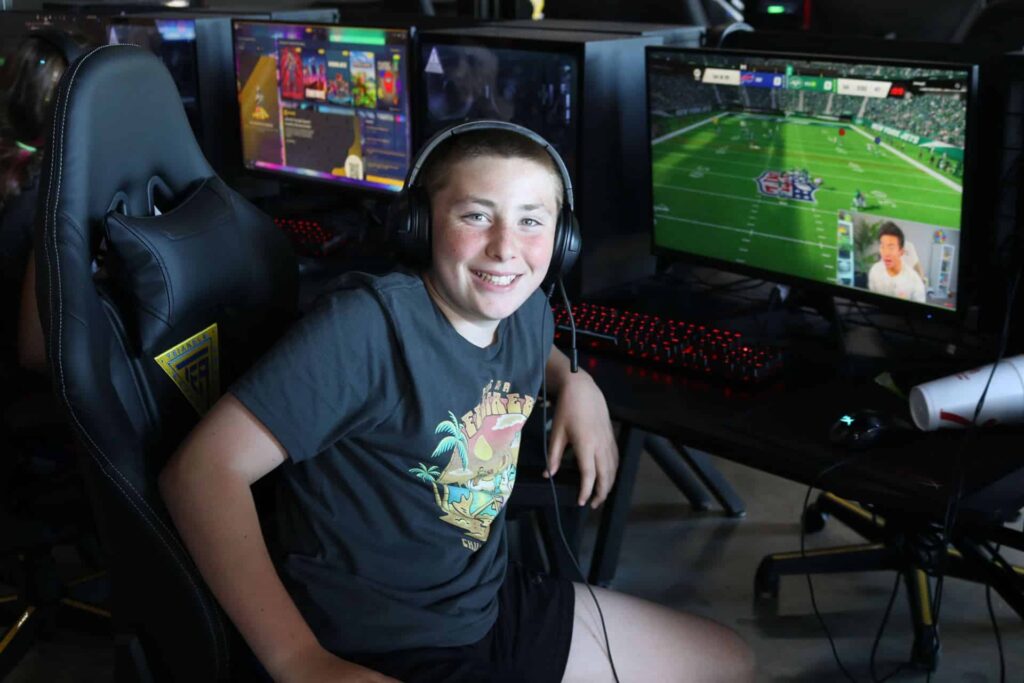This year, we had the chance to represent esports at two exciting events: the first-ever NC Sports Con and North Carolina FC’s Fan Fest. Both experiences highlighted the growing connection between traditional sports and esports—and showed how, when done right, gaming can be a powerful tool for engagement.
At NC Sports Con, we hosted a Madden tournament and set up casual stations for Fortnite, Mario Kart, and Super Smash Bros. Ultimate. The event brought together collegiate and pro athletes, vendors, collectors, and fans under one roof. While there are plenty of sporting events, a convention specifically focused on the sports industry is a unique concept—and esports fit surprisingly well into the mix.
A few weeks later, we were invited by North Carolina FC to bring games to their fan fest before a match. Our stations were packed with kids playing Fortnite and Rocket League throughout the entire event. It was not only fun but also a fantastic marketing opportunity that helped families connect with our brand.These events show that traditional sports can absolutely leverage esports—but there are a few common pitfalls that organizations need to avoid to make their efforts effective.
Mistake #1: Choosing the Wrong Game
The most common misstep is picking a game based on personal preference rather than what fits the audience. If your target is 6–10-year-olds, Minecraft and Roblox are far better choices than Call of Duty or GTA.
It’s important to know your crowd and select games they’re already playing. It’s not about showing off the newest release—it’s about relevance and fun.
Mistake #2: Expecting to Convert Non-Sports Fans
Another mistake is assuming esports will turn non-sports fans into sports fans. It doesn’t work like that.
Esports should be used to deepen the experience for existing fans, not to chase a completely new audience. A better strategy is to host tournaments in games that your fan base already enjoys—like Rocket League or Madden—and tie in prizes like tickets, apparel, or VIP experiences.
This approach gives fans another reason to engage and can even help parents convince their kids to attend events they might otherwise skip.
Mistake #3: Not Having the Right Equipment
This is where most plans fall apart. Esports requires a lot of gear, and it has to be reliable. PCs, consoles, monitors, controllers, power sources, stable internet—you name it. And everything has to be up to date and ready to go.
At North Carolina Esports Academy, we’ve built out the infrastructure to run events smoothly, but it took time and investment. It’s not something that can be pulled together last minute with a single console and a folding table.
Mistake #4: Going Fully Online
Yes, gaming happens online—but that doesn’t mean fans want to engage online only. In-person events are still incredibly important, especially for local teams, schools, and businesses.
Face-to-face interaction adds energy, excitement, and connection. Big brands like the NFL may have the resources to run online esports events at scale, but for local events, in-person is still king.
Mistake #5: Underestimating the Budget
Finally, esports isn’t cheap. Too often, organizations assume it’s just a matter of paying someone to show up and run a few games. What they don’t see is the $10,000–$20,000 worth of equipment, travel logistics, prep time, software updates, and setup involved.
We regularly bring all of that to events—and we do it well—but the costs need to be respected. Esports events are a full production, and they need to be treated that way from a budgeting perspective.
Final Thoughts
When sports teams and organizations use gaming and esports strategically, it becomes an exciting way to connect with fans, especially younger ones. But it’s only effective when done with the right planning, the right games, the right equipment, and the right budget.
We’re excited to see more sports organizations embracing esports—but let’s make sure it’s done in a way that actually works.





